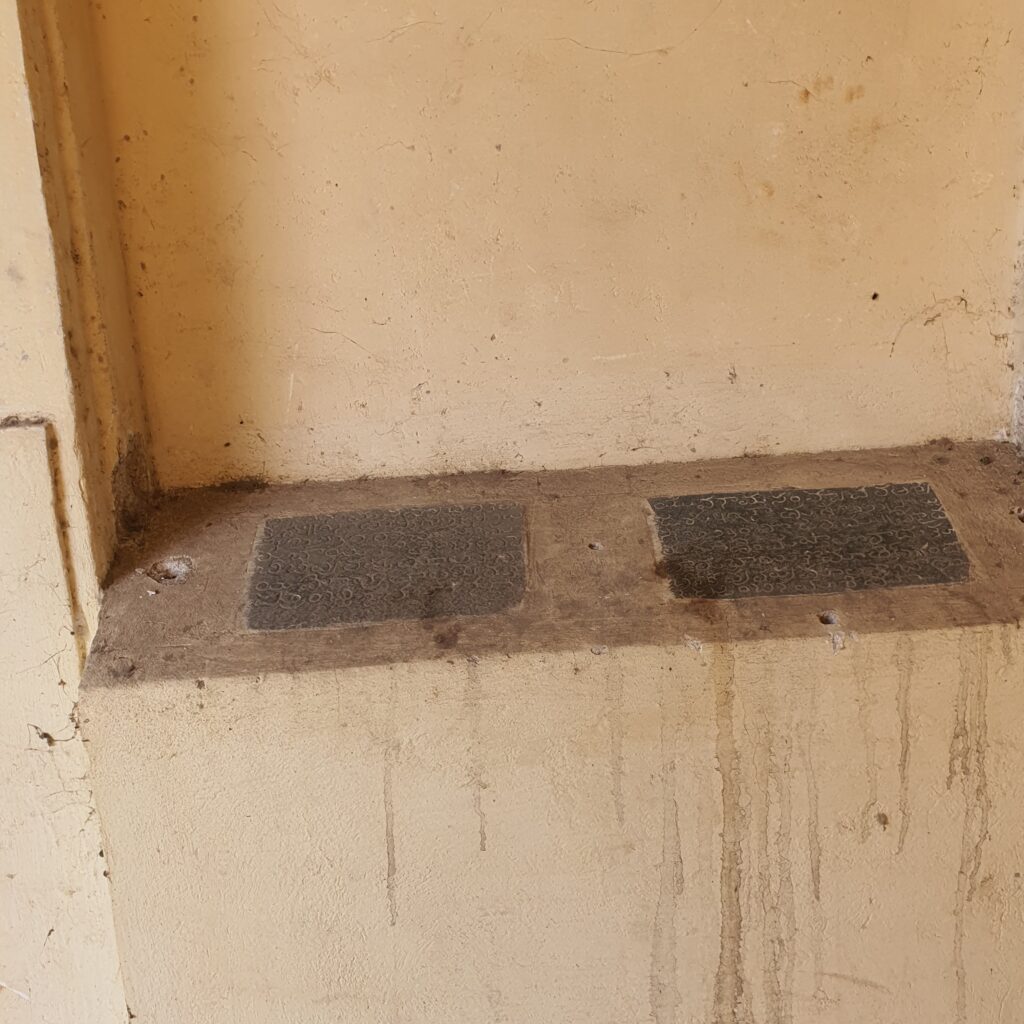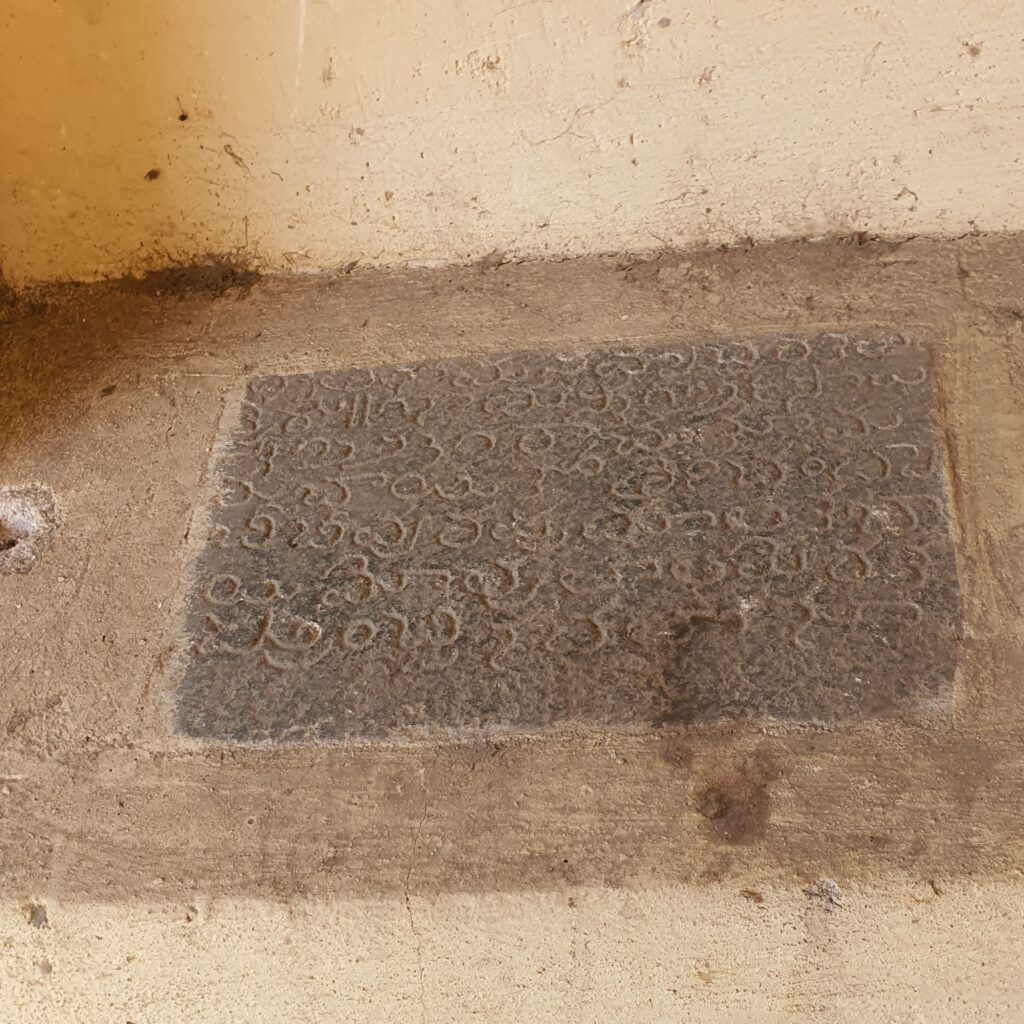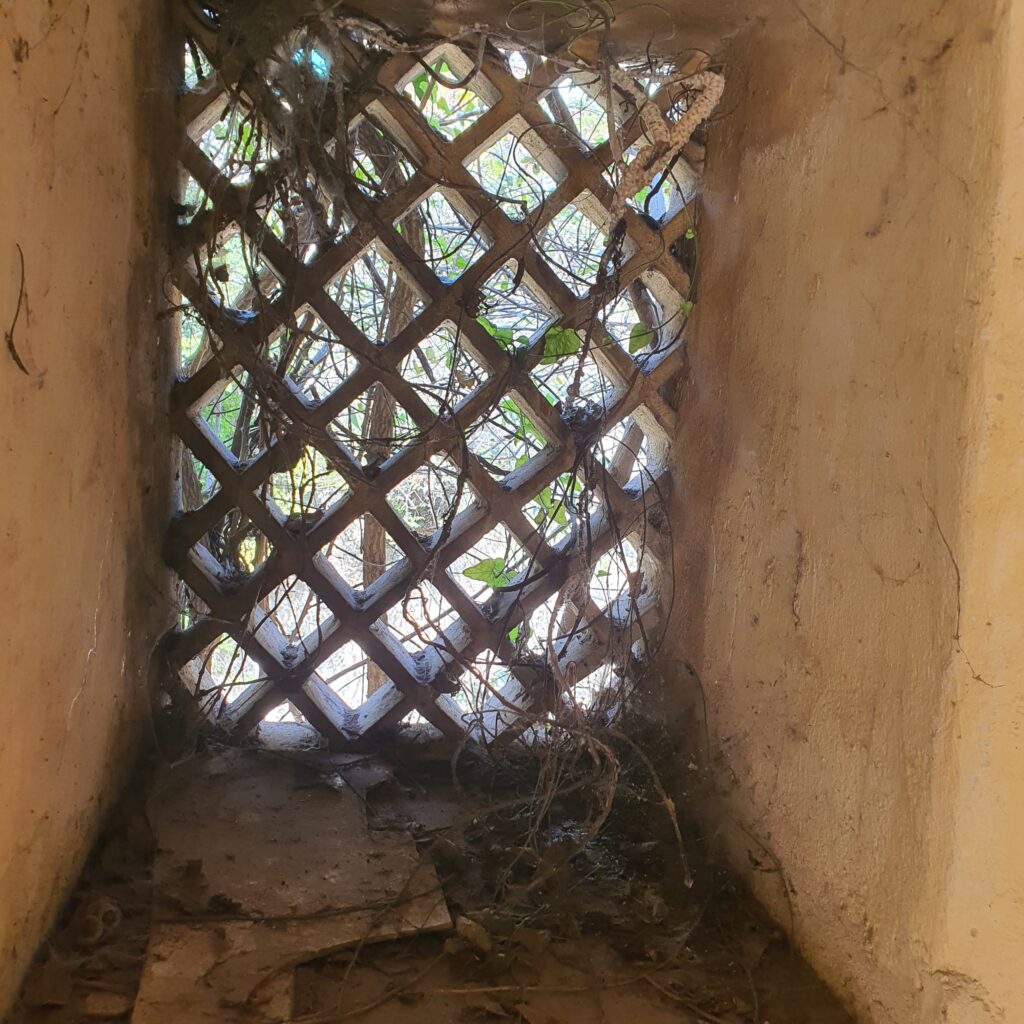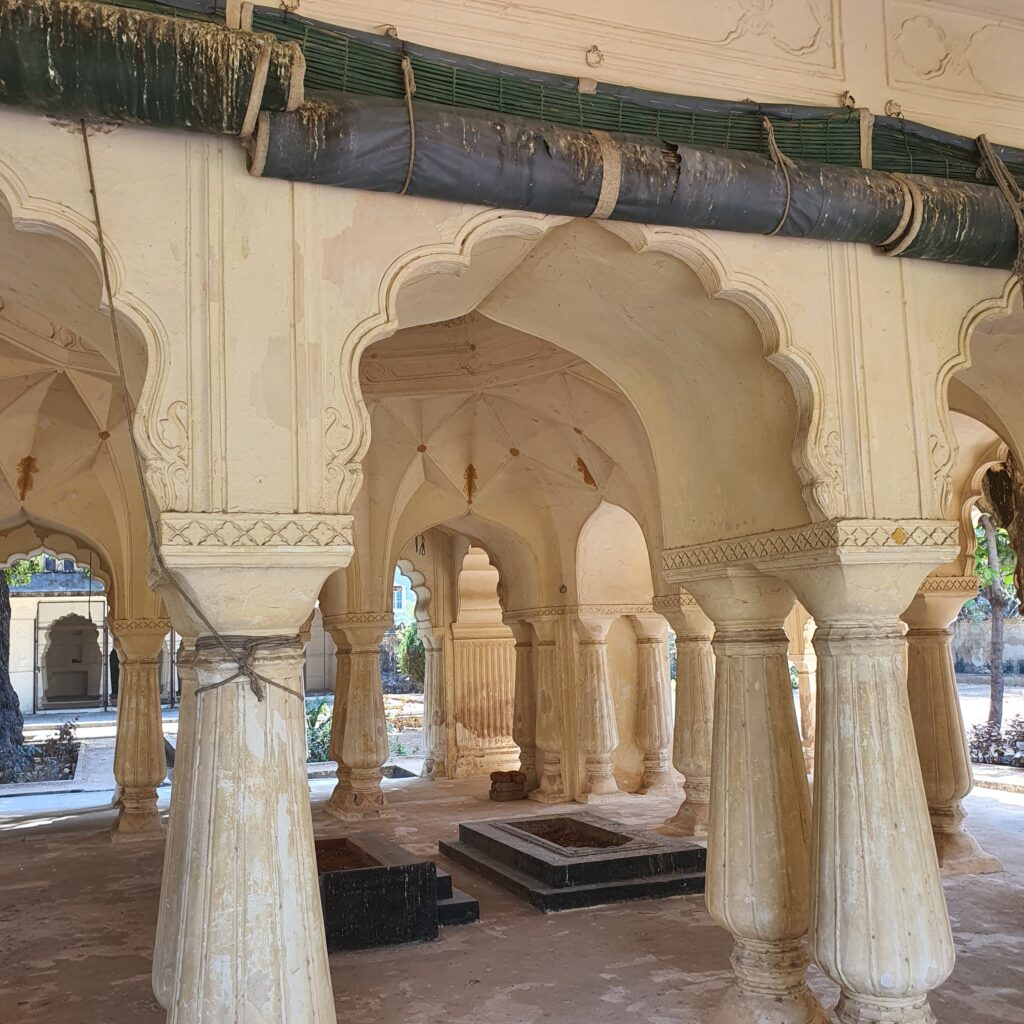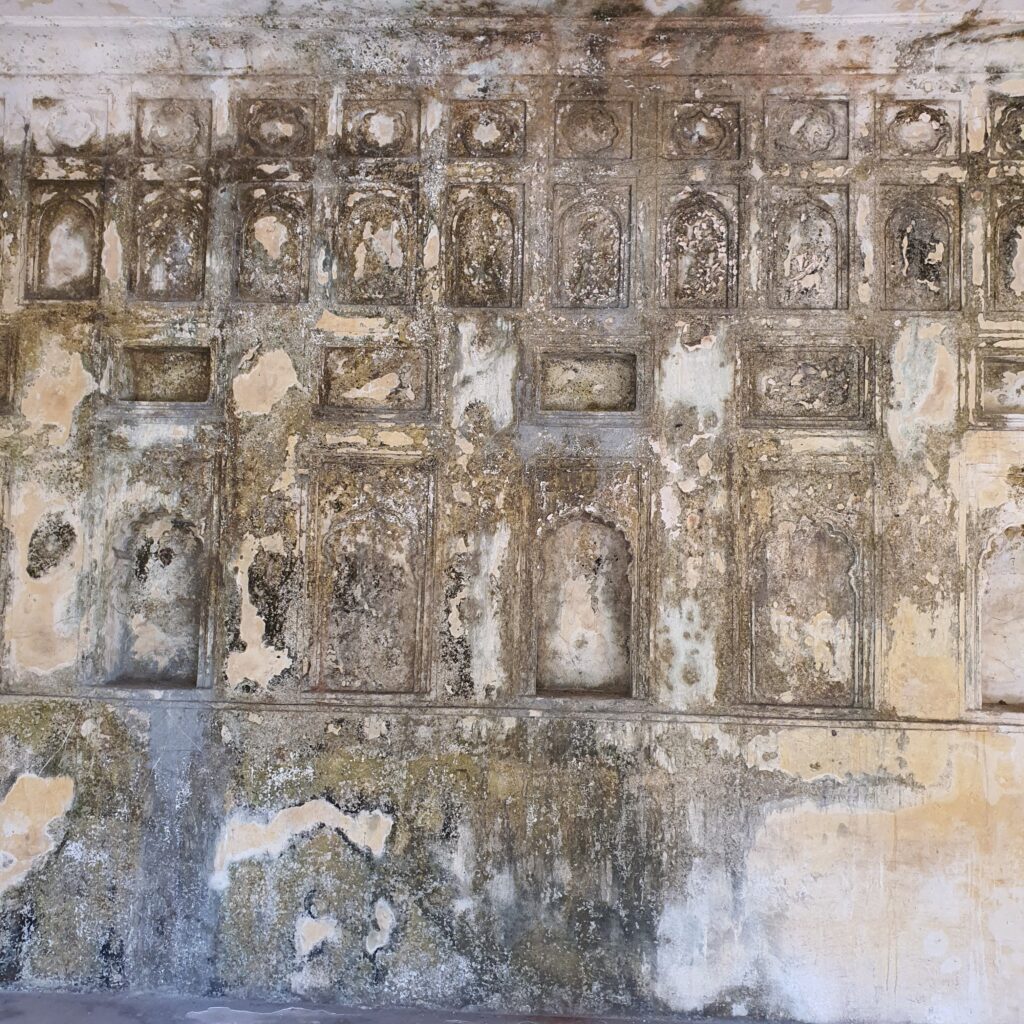
Hyderabad: The tomb of Mah Laqa Bai Chanda, a courtesan, poet and a philanthropist who lived between 1768 and 1824, has once again become victim of vagaries of time.
A young Mah Laqa Bai Chanda had shifted to Hyderabad from Aurangabad. She was brought to Hyderabad by her mother Raj Kanwar Bai during the times of the Second Nizam, Nizam Ali Khan also known as Sikander Jah. Chanda was a baby with a ‘moon like face’ grew into multi-talented woman. She became a singer, dancer, courtesan and poet. She was also well versed in art of warfare and accompanied the Nizam on a few expeditions. Because of her beautiful looks and talents she had sway over the Nizam and at least three of his highest ranking nobles, all at the same time. She was granted large tracts of land that stretched from Maula Ali up to Vidya Nagar. The Arts College building of the Osmania University is said to have been built over her jagir.
The tomb complex after remaining neglected for decades was restored between 2010 and 2011 through the US Ambassador’s Fund for Cultural Preservation. This was the first constructive intervention of the US embassy and subsequently by the US Consulate General in Hyderabad. The fund was small—only Rs 40 lakh–as compared to the magnitude of the project and had no follow up provision when it was given.
Its renovated version was opened for public. The renovation was so good that the Indian National Trust for Art and Cultural Heritage acknowledged it by a citation.
Soon after the renovation the then AP Government decided to declare it a protected monument and the Department of State Archeology was appointed a caretaker.
But for some unknown reasons the government stopped paying for the monthly salary to the caretaker. A few months later it cancelled his appointment altogether.
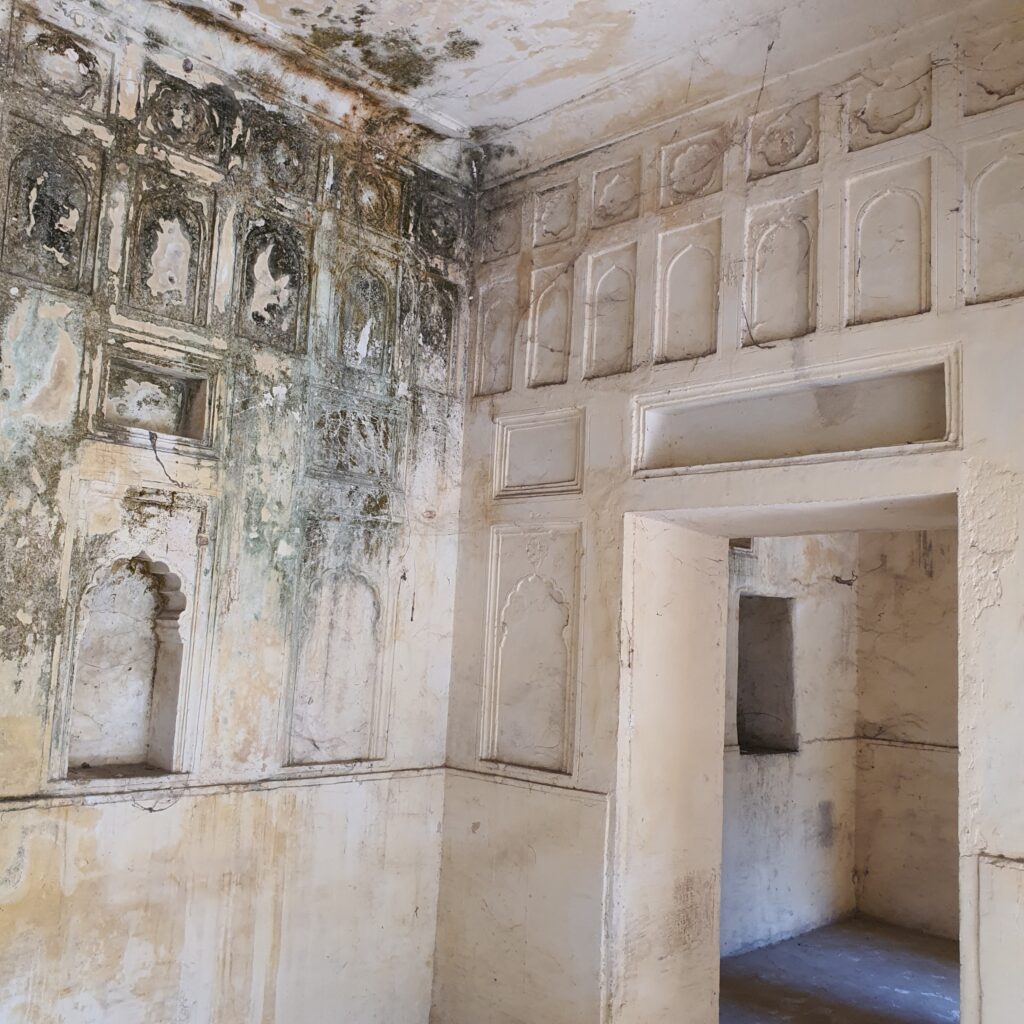
A recent visit to the tomb complex revealed that it has fallen on bad times one more time. There is no maintenance of the complex. After this writer went around looking at the condition of complex a person in civilian clothes came in. In an informal chat he said that he is the watchman and looks after the upkeep of the garden areas within the complex. He also does the cleaning of the floor around the graves of Chanda and her mother.
That chowkidar had nothing to do with the worsening condition of the complex which is not visited by any government officials in long years.
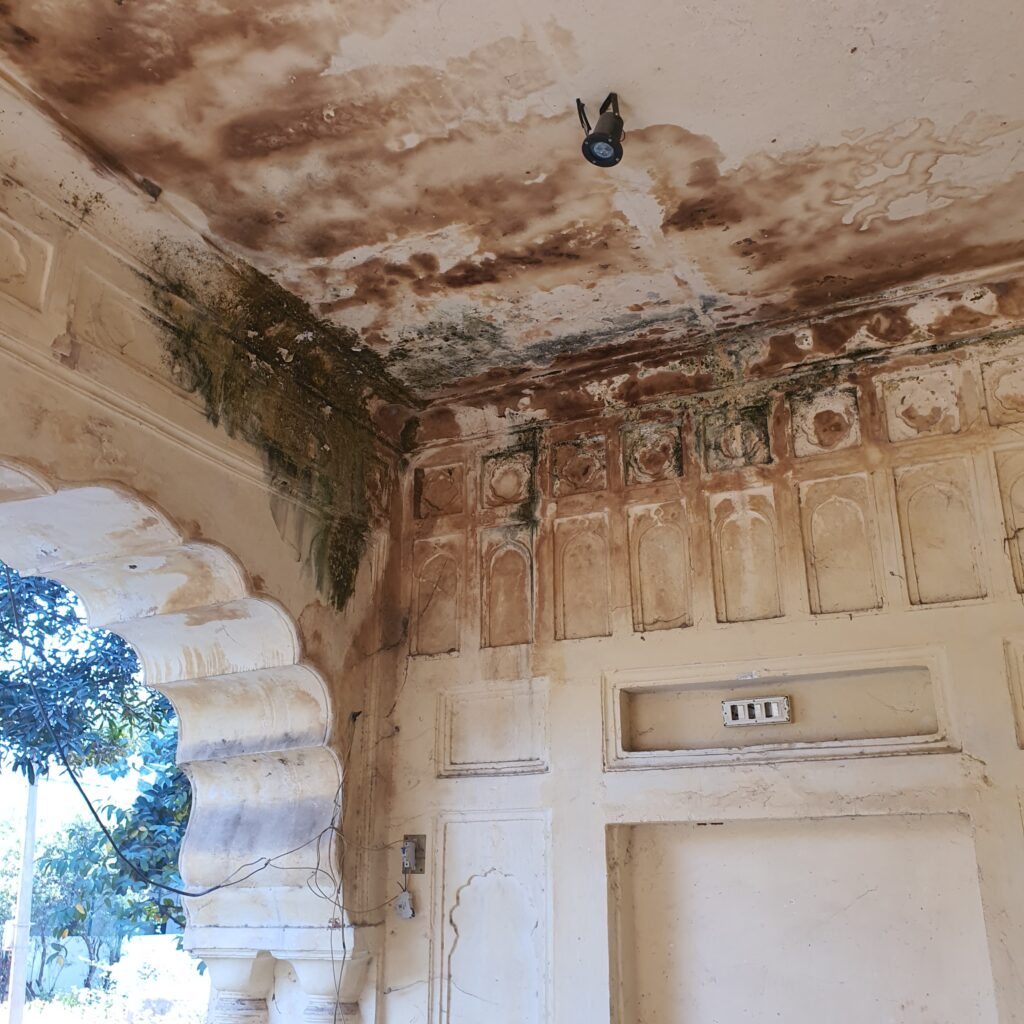
Asked why the building on the southern side is locked out he said he has no idea about it. But some visitors to the mosque that is located within the complex revealed that some Shia community leaders had laid claim to complex and had occupied that area. The police intervened, cleared the place of those persons and locked it up. It happened a few years ago and since then that portion of the complex remains out of public reach.
“Under the US Ambassador’s Fund, we received about Rs 40 lakh for the restoration work. As it did not cover the garden and mosque, we are trying to rope in other interested organisations for the same,” said Sajjad Shahid, secretary, Centre for Deccan Studies (CDS) that has spearheaded this restoration project had told this writer at that time.
“CDS decided to take it up because we were drawn by the historicity and poetry of Mah Laqa Bai and the brilliant architecture of the structure,” had said Scott Kugle, an American historian who was also associated with the restoration project. Kugle had added, “The tomb should be promoted by the state tourism department as a must-see destination of Hyderabad.
Shahid who is associated with several restoration projects in the city including the Seven Tombs in the vicinity of Golconda Fort said since the government of Telangana is trying to work on many historical projects it should devise means to keep the structures intact. “Since Mah Luqa Bai Chanda complex is one of the distinct projects, it should be revived and open for public,” he said.
